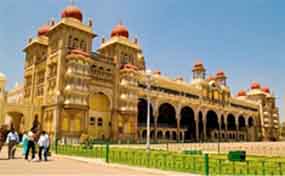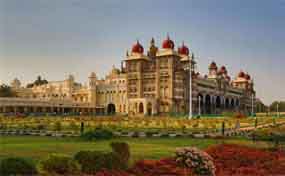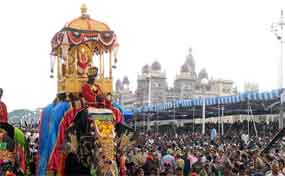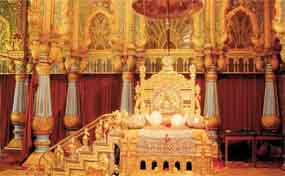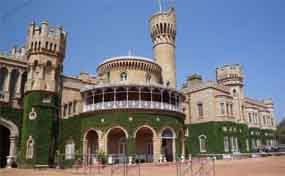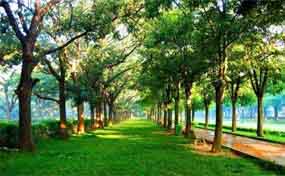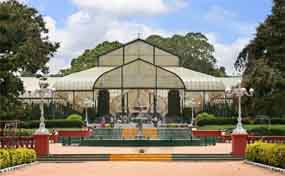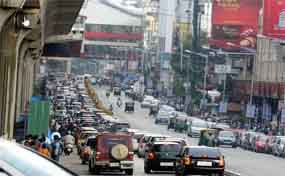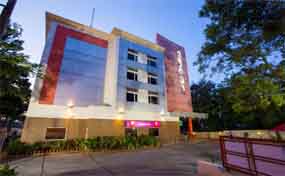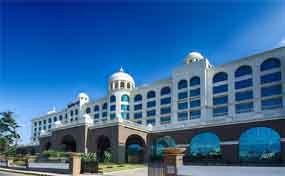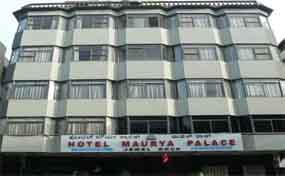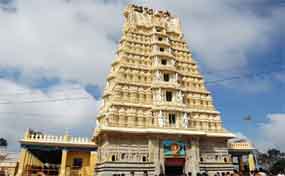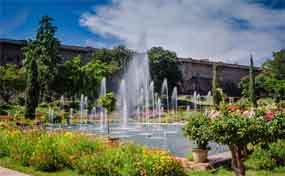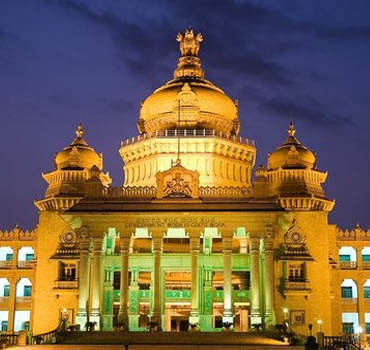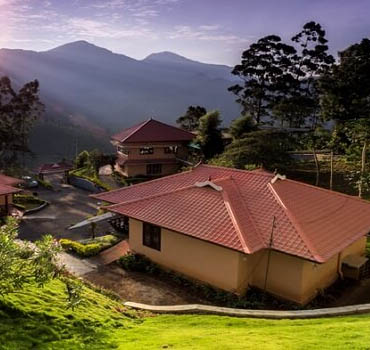Hampi, additionally alluded to as the Group of Monuments at Hampi, is an UNESCO World Heritage Site situated in east-focal Karnataka, India. It turned into the focal point of the Hindu Vijayanagara Empire capital in the fourteenth century. Chronicles left by Persian and European explorers, especially the Portuguese, state Hampi was a prosperous, rich and fabulous city close to the Tungabhadra River, with various sanctuaries, ranches and exchanging markets. By 1500 CE, Hampi-Vijayanagara was the world's second-biggest medieval-period city in the wake of Beijing, and likely India's most extravagant around then, drawing in dealers from Persia and Portugal. The Vijayanagara Empire was vanquished by an alliance of Muslim sultanates; its capital was vanquished, ravaged and annihilated by sultanate armed forces in 1565, after which Hampi stayed in ruins.
Situated in Karnataka close to the advanced period city of Hosapete, Hampi's vestiges are spread more than 4,100 hectares (16 sq mi) and it has been depicted by UNESCO as a "somber, affected site" of in excess of 1,600 enduring stays of the last incredible Hindu kingdom in South India that incorporates "posts, riverside highlights, regal and hallowed edifices, sanctuaries, altars, pillared corridors, mandapas, remembrance structures, water structures and others". Hampi originates before the Vijayanagara Empire; there is proof of Ashokan epigraphy, and it is referenced in the Ramayana and the Puranas of Hinduism as Pampaa Devi Tirtha Kshetra. Hampi keeps on being a vital religious focus, lodging the Virupaksha Temple, a functioning Adi Shankara-connected cloister and different landmarks having a place with the old city.
History of Hampi
The toponym Hampi generally known as Pampa-kshetra, Kishkindha-kshetra or Bhaskara-kshetra—is gotten from Pampa, another name of goddess in Hindu religious philosophy. As indicated by folklore, the lady Parvati makes plans to wed the recluse plain Shiva. Her folks learn of her longing and demoralize her, yet she seeks after her craving. Shiva is lost in yogic contemplation, absent to the world; Parvati claims to the divine beings for help to stir him and gain his consideration. Indra sends the god Kama—the Hindu lord of want, sexual love, fascination and fondness—to wakeful Shiva from contemplation. Kama achieves Shiva and shoots a bolt of desire. Shiva opens his third eye in his tmple and consumes Kama to cinders. Parvati does not lose her expectation or her set out to prevail upon Shiva; she starts to live like him and take part in similar exercises—plainness, yogin and tapasya—arousing him and pulling to his advantage. Shiva meets Parvati in camouflaged shape and attempts to demoralize her, disclosing to her Shiva's shortcomings and identity problems. Parvati declines to tune in and demands in her determination. Shiva at long last acknowledges her and they get married. According to Sthala Purana, Parvati (Pampa) sought after her austere, yogini way of life on Hemakuta Hill, presently a piece of Hampi, to win and bring parsimonious Shiva once more into householder life. Shiva is additionally called Pampapati . The waterway close to the Hemakuta Hill came to be known as Pampa river. The Sanskrit word Pampa transformed into the Kannada word Hampa and the place Parvati sought after Shiva came to be known as Hampe or Hampi.
The site was an early medieval time journey put known as Pampakshetra. Its notoriety originated from the Kishkindha parts of the Hindu epic Ramayana, where Rama and Lakshmana meet Hanuman, Sugriva and the monkey armed force in their look for abducted Sita. The Hampi region has many close likenesses to the place depicted in the epic. The provincial custom trusts that it is that put referenced in the Ramayana, drawing in travelers.


